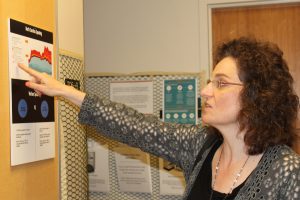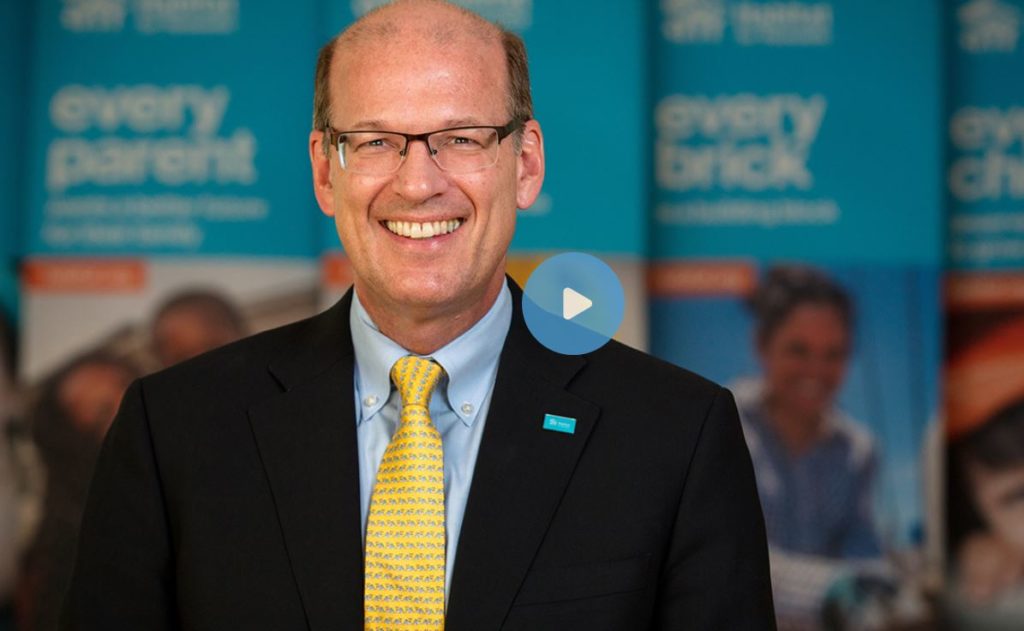
A participatory installation in Alumni Hall created by anthropology students examines the effects of four areas of inequality on children’s lives: consumer society, immigration, poverty and violence. The exhibit, open to the public, will be up through May 30 on the second and third floors of the building.
“Keep Out of Reach of Children: The Effects of Inequality on the Lives of Children” is a project showcasing social science research insights that was undertaken by students in the course “Anthropology and the Public Interest” under the guidance of associate professor Michele Rivkin-Fish.

Support for the interactive exhibit was provided by the U.S.-Russia Peer-to-Peer Dialogue Program, funded by the U.S. Department of State. Inequality is extremely high in both the United States and the Russian Federation. The goal of the program is to bring U.S. and Russian professionals together to examine common issues of concern, explore best practices and develop networks of support. Peer partners in Chapel Hill and St. Petersburg designed and undertook parallel exhibits in their respective cities.
One side-by-side photo panel, for instance, compares school lunches in Russia and the United States.
“In Russia, students mostly buy food at the school canteen. Kids from low-income families, from families with multiple children, orphans, physically challenged children, and children in difficult life circumstances get lunch for free.”
“American public lunches generally consist of some kind of frozen or pre-made food, boxed milk or juice, a fruit, and a side of vegetables. Lower-income families often quality for reduced fare lunch or free lunch.”
The exhibit is sponsored by the department of anthropology, the School of Social Work and the Center for Slavic, Eurasian and East European Studies.




